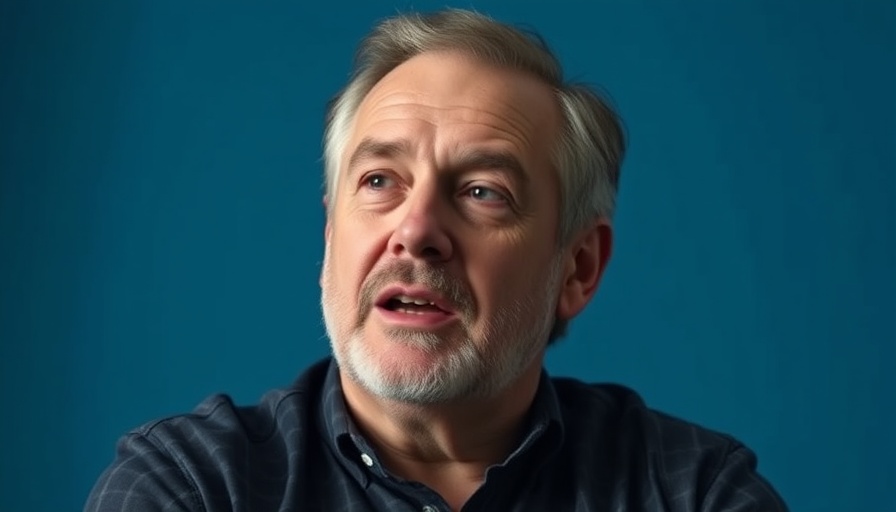
The Weight of Thoughts: Understanding OCD and Anxiety
Do you ever find yourself stuck in a spiral of negative thoughts, unable to shake them off? Many people can relate to this sensation, particularly when it becomes overwhelming, as emphasized in the video titled 'Try Not to Think About This...'. This is often a hallmark of anxiety disorders, including Obsessive-Compulsive Disorder (OCD). In this article, we’ll break down the concepts of OCD and anxiety, why they matter, and how you can take steps to manage them.
In 'Try Not to Think About This...', we dive into the world of anxiety and OCD, prompting a deeper discussion on effective management strategies.
What is OCD?
Obsessive-Compulsive Disorder is a mental health condition that manifests as unwanted repetitive thoughts (obsessions) and/or actions (compulsions). For someone living with OCD, these obsessions can lead to persistent worry and fear, which compels them to engage in certain behaviors as a way of reducing their anxiety. For example, an individual might feel an overwhelming urge to wash their hands repeatedly, driven by an intense fear of germs. This cycle of obsessions and compulsions can be exhausting and disruptive to everyday life.
Recognizing Anxiety Symptoms
Anxiety, on the other hand, encompasses a broader range of symptoms that can lead to feelings of nervousness, fear, and apprehension. Anxiety symptoms might include rapid heart rate, sweating, and difficulty concentrating. Sometimes, people might also experience panic attacks, which can be frightening and unpredictable. Recognizing the signs of anxiety is the first step in managing your mental health.
Effective Treatments for OCD and Anxiety
Understanding that you're not alone is essential. Many effective treatments can aid in managing OCD and anxiety. Some popular therapies include:
- Cognitive Behavioral Therapy (CBT): This therapeutic approach helps individuals identify and challenge negative thinking patterns that contribute to their distress.
- Exposure and Response Prevention (ERP): ERP is a specific type of CBT that gradually exposes individuals to their fears in a controlled environment while teaching them how to resist engaging in compulsive behaviors.
- Medication: Sometimes, medication such as SSRIs or SNRIs is prescribed to manage symptoms of OCD and anxiety.
Mindfulness and Relaxation Techniques for Daily Life
In addition to professional treatment, integrating mindfulness practices into your daily routine can be extremely beneficial. Techniques like deep breathing exercises, progressive muscle relaxation, and guided visualization can help calm racing thoughts and reduce stress. Mindfulness encourages individuals to focus on the present moment, which can significantly ease anxiety symptoms.
Support from Others: Building Your Community
Never underestimate the power of connection. Participating in support groups, whether in-person or online, can provide comfort and validation. Sharing your experiences and hearing others' stories can help dismantle the stigma often associated with mental health disorders.
Take-action: Empowering Yourself
Recognizing the importance of mental wellness is a powerful first step. If you or a loved one is dealing with OCD or anxiety, reach out to mental health professionals. Don’t hesitate to explore therapy and other support resources. Remember, seeking help is not a sign of weakness; it’s a courageous step towards healing.
Final Thoughts: Hope and Healing
As we reflect on the video 'Try Not to Think About This...', it becomes crucial to acknowledge that managing OCD and anxiety involves understanding your thoughts, seeking help, and practicing self-care. Life can be challenging, but with the right tools and support, individuals can overcome the barriers imposed by mental health struggles and lead fulfilling lives. Always remind yourself that healing is a journey, and you are worthy of it.
 Add Row
Add Row  Add
Add 




Write A Comment